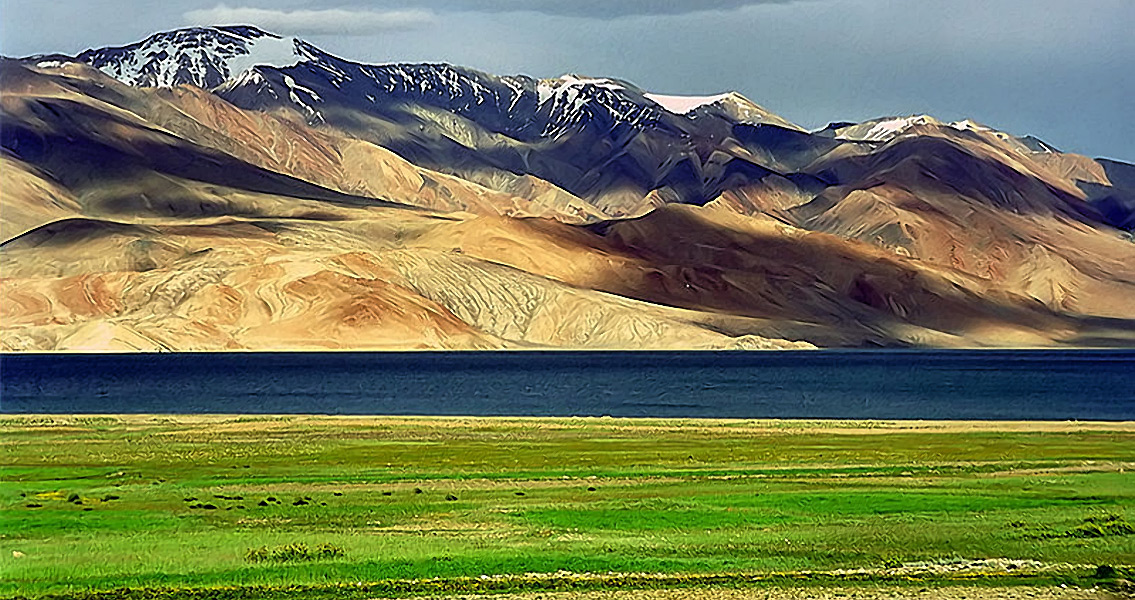<![CDATA[A changing climate with falling temperatures may have been the reason why the people living on the fringes of the Tibetan Plateau abandoned it, or dramatically changed their lifestyles, around 2,000 years ago. This is the conclusion from a study by an international team of scientists led by Jade D’Alpoim Guedes from Washington State University. According to Guedes, the reason for the collapse of the Plateau civilisations was that their primary food source, millet, became impossible to grow in the new climatic conditions. Millet, although having a shorter growing season than wheat and barley, is more heat dependent and less frost resistant. It apparently used to be grown on the Tibetan Plateau during the Holocene Climatic Optimum, when temperatures in the northern hemisphere of the earth were similar to the ones we have today. The period, which lasted around 4,000 years, was caused by variations in the Earth’s orbit. When these variations expired, temperatures quickly dropped. Archaeological research at ancient sites on the Plateau has yielded an abundance of wheat and barley seeds, evidence suggesting that these two crops very quickly replaced millet as the primary source of food for the local inhabitants. Guedes and her team believe that the two crops came to the right place at exactly the right time - when it was becoming impossible to grow millet. It remains unclear whether this impossibility first drove the indigenous people from the Plateau, to be replaced with a civilisation that grew wheat and barley, or whether the indigenous people simply changed their lifestyle. Whatever the actual event, Guedes says it may well be the case that this was the first place in Asia that wheat and barley were grown on a large scale, and it was from the Tibetan plateau that they spread across the eastern part of the continent. This theory, based on agronomical models for growing millet, wheat, and barley, goes counter to what was considered a consensus on the subject: that the inhabitants of the Tibetan Plateau grew millet 2,000 years ago because of its shorter growing season. Guedes joined forces with agronomists and discovered that they do not judge the viability of crops in high-altitude, cold regions like the Plateau based on their growing season but on measurements of their total heat requirements, that is, the amount of heat the crop needs over its whole lifetime. This provided the basis for the models that Guedes used to prove that the Tibetan Plateau could not have provided enough heat for millet to grow there at the time under research, despite the crop’s short growing season. According to the study author, there are implications from these finds for today’s inhabitants of the area that spans the Tibet Autonomous region and southwestern China. Since temperatures today are as high as they were during the Holocene Climatic Optimum, there is a good chance for millet to stage a return as a staple crop, after a long period in which it was more or less forgotten. Image courtesy of Wikimedia Commons user: Jochen Westermann]]>
Climate Change Drove People Away from Tibetan Plateau
